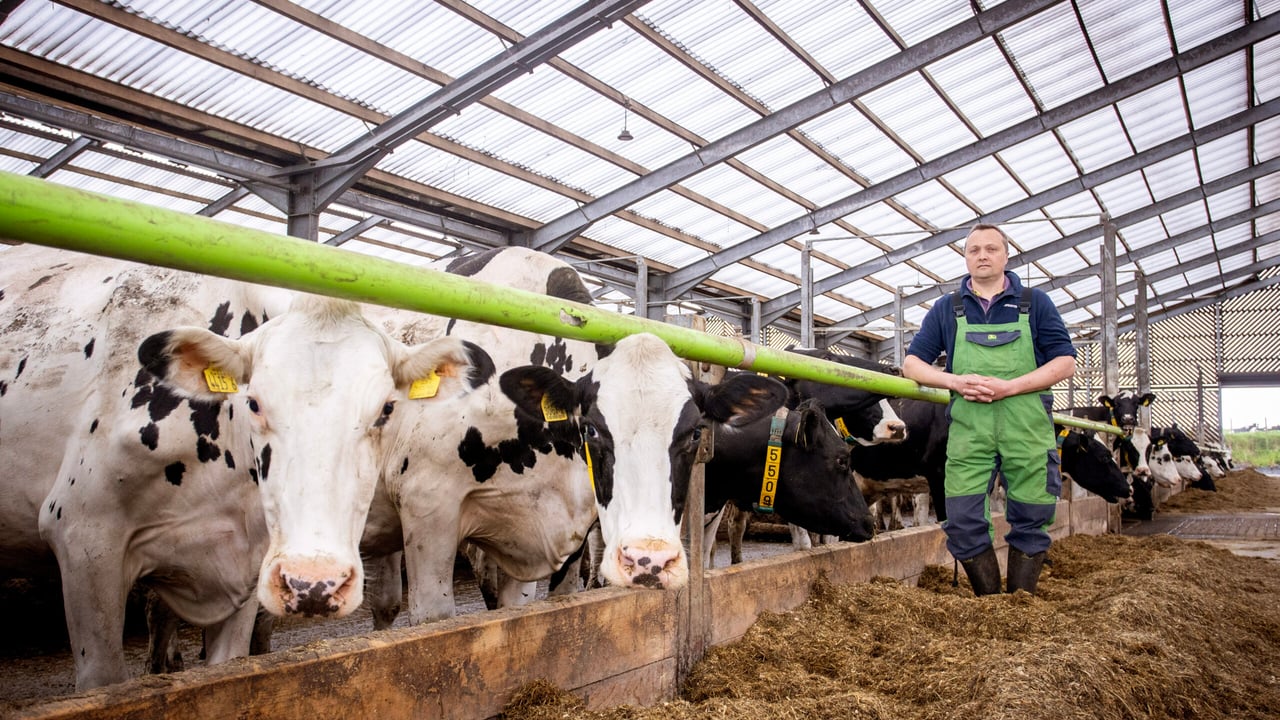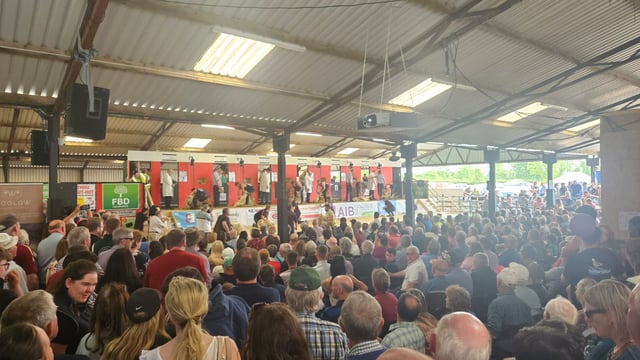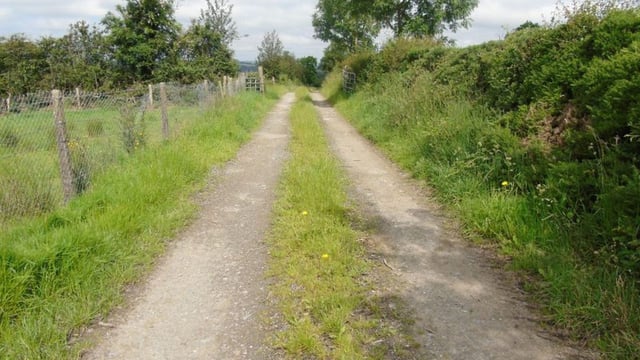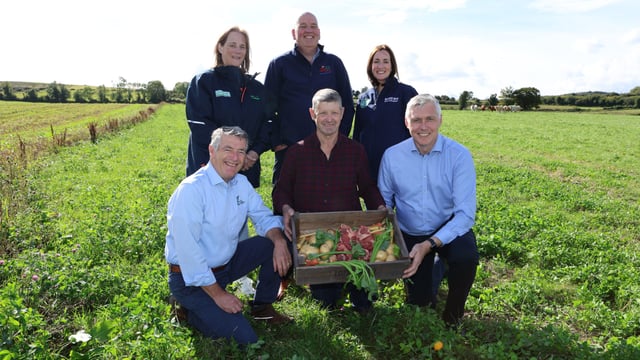Research on Antrim farm identifies heat stress in animals
The impact of heat stress has been identified on a Co. Antrim dairy farm, as a result of recent research work carried out by veterinary consultant, Dr. Tom Chamberlain.
Farmer and son team, Robin and George Bingham milk 900 cows at the Seven Mile Straight in south Antrim.
The herd is housed the year round with the cows split between a shed that features a traditional roofing material and a second, newer facility, which features the new Marlon Heatguard roofing sheets.
Dr. Chamberlain commented: “The summer of 2023 was extremely wet. However, there was a heatwave event at the beginning of September for a number of days.
“It was significant that the temperature in the new shed on the Bingham farm was 2°C lower than was the case in the older building.
“In addition, milk production held up much better with the cows housed under the new roof."
George Bingham explained that he is extremely happy with the conditions created for the cows and all the workers on the farm, from the new roofing system.
“The cows are happier and healthier. Their coats are in tremendous condition. Conception rates are better, milk yields are up and replacement rates have improved," he explained.
Meanwhile the 2024 silage season is already underway on the Bingham farms.
“We made first cut at the end of April,” George confirmed. "In fact we are using some of it now in fresh cow rations.
"We didn’t run out of silage last winter but ended up using stock that has been built up from two years ago.
“Our plan is to take five cuts of grass silage in 2024. All the forage is destined for a clamp."
George Bingham is also growing 50ac of forage maize in 2024.
“We haven’t grown the crop for a number of years,” he said.
“Since then there have been significant improvements in the seed varieties available and the plastic under which the crop is grown.
“It won’t take long to find out if we can secure these improvements on our own farm.”
It is estimated that Northern Ireland’s forage maize acreage is up by around 50%, year-on-year.
Driving this trend has been a number of factors such as: the very poor cereal planting conditions earlier in the spring; the very high cost of spring barley seed in 2024; and the fact that many farmers want to build up silage stocks in the wake of the very long 2023/2024 feeding season.





